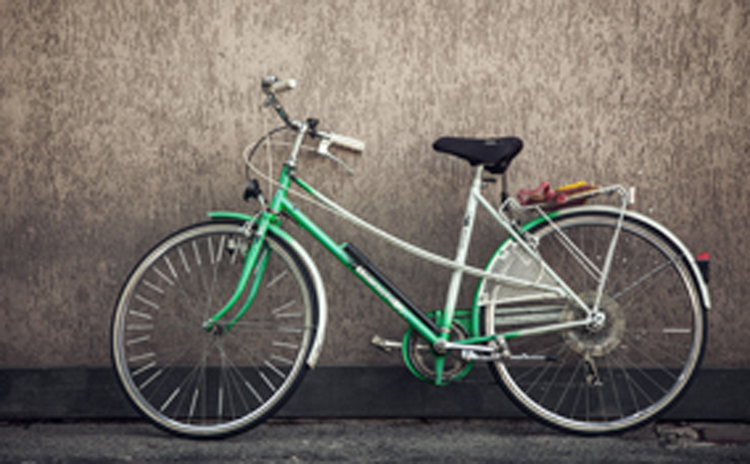
Everywhere you turn, people seem to be hopping onto the bicycle bandwagon. Not only are bikes a fun, eco-friendly way to travel, but cycling is also an extremely effective workout. According to the federal government, biking is one of the safest ways to get aerobic exercise. In fact, the health benefits of cycling are substantial enough to outweigh any negative effects by a factor of twenty to one.
Cycling does incredible things for the body. It is associated with improving cardiovascular, muscle, and bone strength, as well as joint mobility and posture! The Arthritis Foundation even recommends being a pedal pusher to strengthen the heart, hips, and knees of those with the disease. Like other forms of aerobic exercise, cycling can also benefit those with chronic lower back pain. However, poor cycling form can lead to pulled muscles and a variety of other back and neck problems. Enjoy the wonderful health benefits of cycling while keeping back pain at bay by learning more about proper biking form and fit.
How Can Cycling Cause Back Pain?
Cycling is typically thought of as a lower body workout, but the act of pedaling requires the use of muscles in the abdomen and the upper body as well. As one leg ascends on the pedal, it engages with the hip flexor muscle, specifically the psoas major, which connects up to the lumbar spine.
In this cycling kinetic chain, it’s important that the obliques and the quadratus lumborum (a muscle in the lower back) are engaged. This helps to stabilize the hips and the lower back. If you’ve ever seen a person cycling with tilted hips, it’s likely that they’re not engaging the proper muscles. The muscles in the legs are extremely strong and have great endurance, but when the obliques and the QL muscle can’t keep up, the smaller muscles in your core become burdened, leading to possible strain.
How Can I Avoid Back Pain While Cycling?
A few factors can contribute to back pain while cycling, the major one being a poorly fitted bicycle. Riding a properly fitted bike will make your rides more comfortable and enhance your pedaling efficiency, improving your speed and endurance. So if you’re feeling back pain after your bike rides, the first thing you should do is check these three adjustments crucial to a proper bike fit:
- Bicycle Size: The best way to determine the proper bicycle size for you is to be fitted by a professional, but you can quickly check your bike size at home by determining the “standover height.” For a road bike, you should have about 1 inch of clearance between your body and the top tube when standing over it. For a mountain bike, there should be about 2 inches of clearance, but it is not unusual to have slightly more.
- Seat Height: Adjust your seat up or down so that when pedaling backwards your leg is fully extended in the down position. This should give your knee a slight bend when you begin pedaling forward, which will reduce pain and allow for more power when cycling.
- Seat Position: Most bikes allow you to adjust the seat back and forth. To examine this, first ask a friend to hold your bike upright. When the pedals are completely level, you’ll want your knee to align with your forefoot for the greatest efficiency. This means most riders will pedal with their shins angled just slightly forward.
Another common cause of pain during rides is poor cycling posture. Once you’re sure your bike is fitted properly, pull your stomach inward and elongate your torso. Try to keep your shoulder blades down and your chest slightly lifted during your ride as well. If you still find it difficult to correct your posture on your bike, ActivAided trains proper postural habits to help prevent back pain.
Back pain shouldn’t cause you to miss out on the extraordinary health benefits of cycling. No matter where you plan to bike this spring, you can reduce the chance of back pain by riding a well-fitted bicycle and maintaining proper posture throughout your journey.
